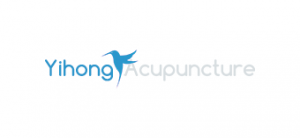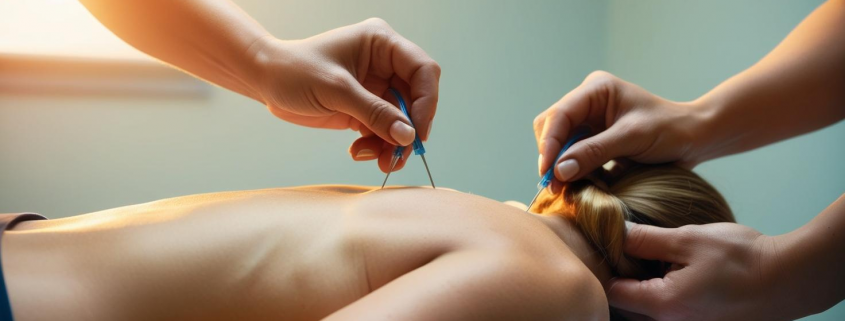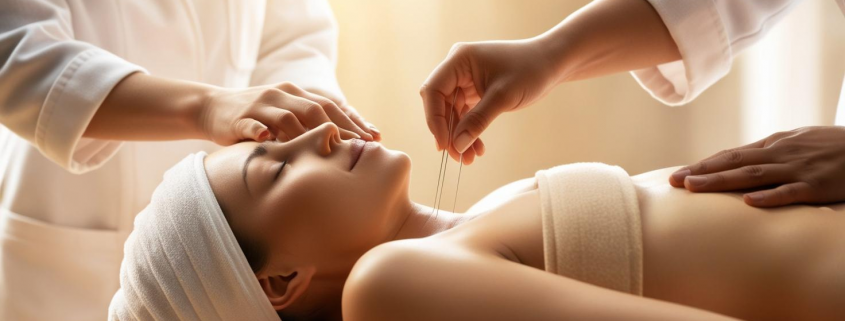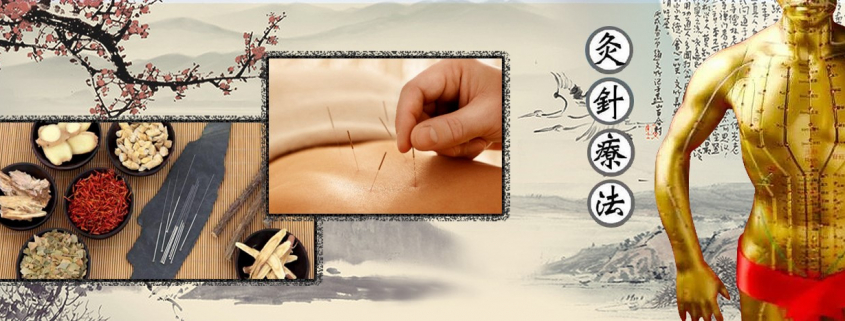Dry Needling for Specific Conditions: A Precision Tool for Pain Relief
Dry needling for specific conditions is a modern, evidence-based treatment technique that targets musculoskeletal pain and dysfunction with remarkable precision. It involves inserting fine, sterile needles into specific points within muscles, known as myofascial trigger points. These trigger points are often the culprits behind localised pain and can contribute to restricted movement, reduced flexibility, and overall discomfort. While dry needling can be used to treat a wide spectrum of musculoskeletal issues, this article will take a deeper dive into how this technique can be tailored to address specific conditions, providing targeted relief and restoring optimal function.
What conditions does dry needling help?
Dry needling is a versatile tool that can be effectively employed in the treatment of various musculoskeletal conditions, including:
- Back pain: Back pain, a prevalent complaint, can stem from various factors, including muscle imbalances, poor posture, and injury. Dry needling can target trigger points in the back muscles, such as the erector spinae, quadratus lumborum, and multifidus, to alleviate pain, reduce muscle tension, and improve mobility.
- Neck pain: Whether caused by prolonged computer use, whiplash, or stress, neck pain can significantly impact daily life. Dry needling can address tension and trigger points in the neck and shoulders, specifically targeting muscles like the trapezius, levator scapulae, and sternocleidomastoid, reducing pain and associated headaches.
- Headaches and migraines: For those who suffer from recurring headaches or migraines, dry needling can offer a drug-free alternative for pain relief. By releasing trigger points in the neck, shoulders, and head, particularly in the suboccipital muscles and temporalis muscles, dry needling can help reduce the frequency and intensity of these debilitating headaches.
- Sciatica: Sciatica, characterised by radiating pain down the leg, often originates from irritation of the sciatic nerve. Dry needling can target the piriformis muscle, a common culprit in sciatica, as well as other muscles involved in the condition, reducing pain and improving nerve function.
- Shoulder pain: Shoulder pain can arise from various causes, including rotator cuff injuries, frozen shoulder, and impingement syndrome. Dry needling can address trigger points in the rotator cuff muscles, such as the supraspinatus, infraspinatus, and subscapularis, as well as surrounding tissues, improving shoulder mobility and reducing pain.
- Hip pain: Hip pain can stem from conditions like bursitis, tendonitis, and osteoarthritis. Dry needling can target trigger points in the hip flexors, glutes, and other hip muscles, such as the tensor fasciae latae and iliopsoas, to alleviate pain and improve hip function.
- Knee pain: Knee pain is a common complaint, often arising from conditions like patellofemoral pain syndrome, IT band syndrome, and osteoarthritis. Dry needling can address pain and dysfunction by targeting trigger points in the muscles surrounding the knee, including the quadriceps, hamstrings, and vastus medialis.
- Sports injuries: Athletes often experience muscle strains, sprains, and other injuries. Dry needling can be a valuable tool in sports injury rehabilitation, promoting healing and reducing pain by targeting trigger points in the affected muscles. Common sports injuries treated with dry needling include hamstring strains, tennis elbow, and runner’s knee.
- Repetitive strain injuries: Repetitive movements, common in many workplaces, can lead to conditions like carpal tunnel syndrome and tendonitis. Dry needling can reduce muscle tension, improve nerve function, and promote healing in the affected areas, helping individuals regain comfort and function.
Understanding the Depths: Superficial vs. Deep Dry Needling
What is the depth of deep dry needling?
The depth of deep dry needling is not a fixed measurement; it varies depending on the targeted muscle, the individual’s anatomy, and the specific condition being addressed. Generally, deep dry needling involves inserting needles deeper into the muscle tissue to reach deeper trigger points and muscle layers. This technique may be used for more chronic or complex conditions where superficial dry needling alone has not provided sufficient relief.
What is the difference between superficial and deep dry needling?
- Superficial dry needling: This technique targets trigger points in the superficial layers of muscles, often addressing more localised pain and tension. It is often used for acute injuries or conditions where the pain is closer to the surface.
- Deep dry needling: This approach reaches deeper muscle layers and trigger points, often employed for more chronic or complex conditions where the pain is deeper or more widespread. Deep dry needling requires a thorough understanding of anatomy and careful needle placement to avoid sensitive structures like nerves and blood vessels.
What is dry needle therapy used for?
Dry needling serves several primary purposes:
- Reduce pain: By releasing trigger points and reducing muscle tension, dry needling can significantly decrease pain intensity and improve overall comfort.
- Improve mobility: Dry needling helps restore muscle function and range of motion, allowing you to move more freely and comfortably. This can be particularly beneficial for individuals with limited range of motion due to injury, chronic pain, or postural imbalances.
- Accelerate healing: By increasing blood flow and reducing inflammation, dry needling can facilitate the healing process and promote tissue repair. This can be helpful for both acute injuries and chronic conditions.
Is dry needling better than a massage?
Dry needling and massage are both valuable tools for addressing musculoskeletal pain, but they work through different mechanisms. Dry needling specifically targets trigger points within muscles, while massage addresses broader soft tissue restrictions, improves circulation and promotes relaxation. The best approach often involves combining both therapies for a more comprehensive and effective treatment plan.
Dry Needling: A Precision Tool for Targeted Pain Relief
Dry needling offers a targeted and effective approach to addressing musculoskeletal pain and dysfunction. By specifically targeting trigger points within muscles, it can provide relief for various conditions, from acute injuries to chronic pain. If you’re experiencing muscle pain, restricted movement, or discomfort, consult with a qualified practitioner to determine if dry needling is a suitable treatment option for you.









